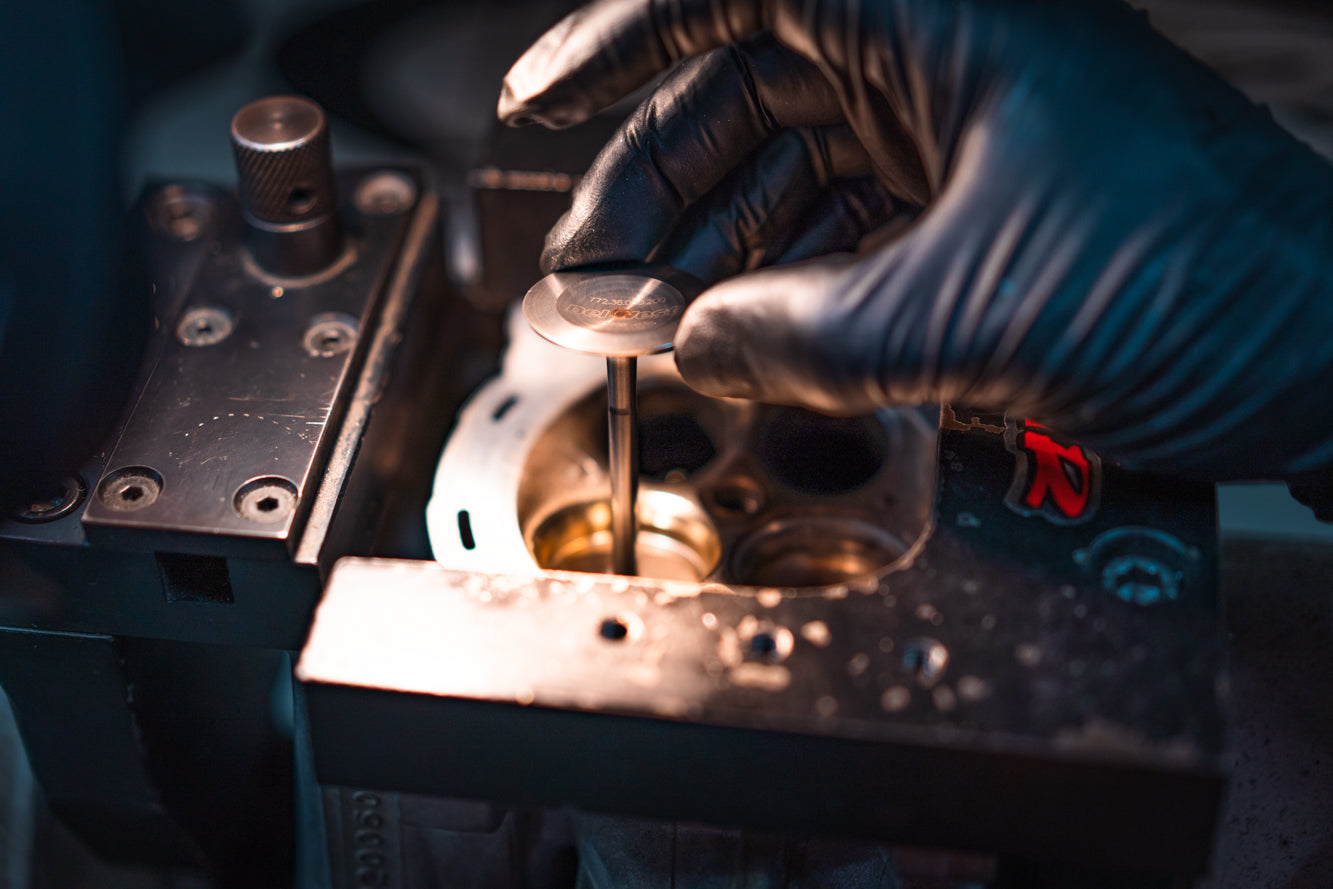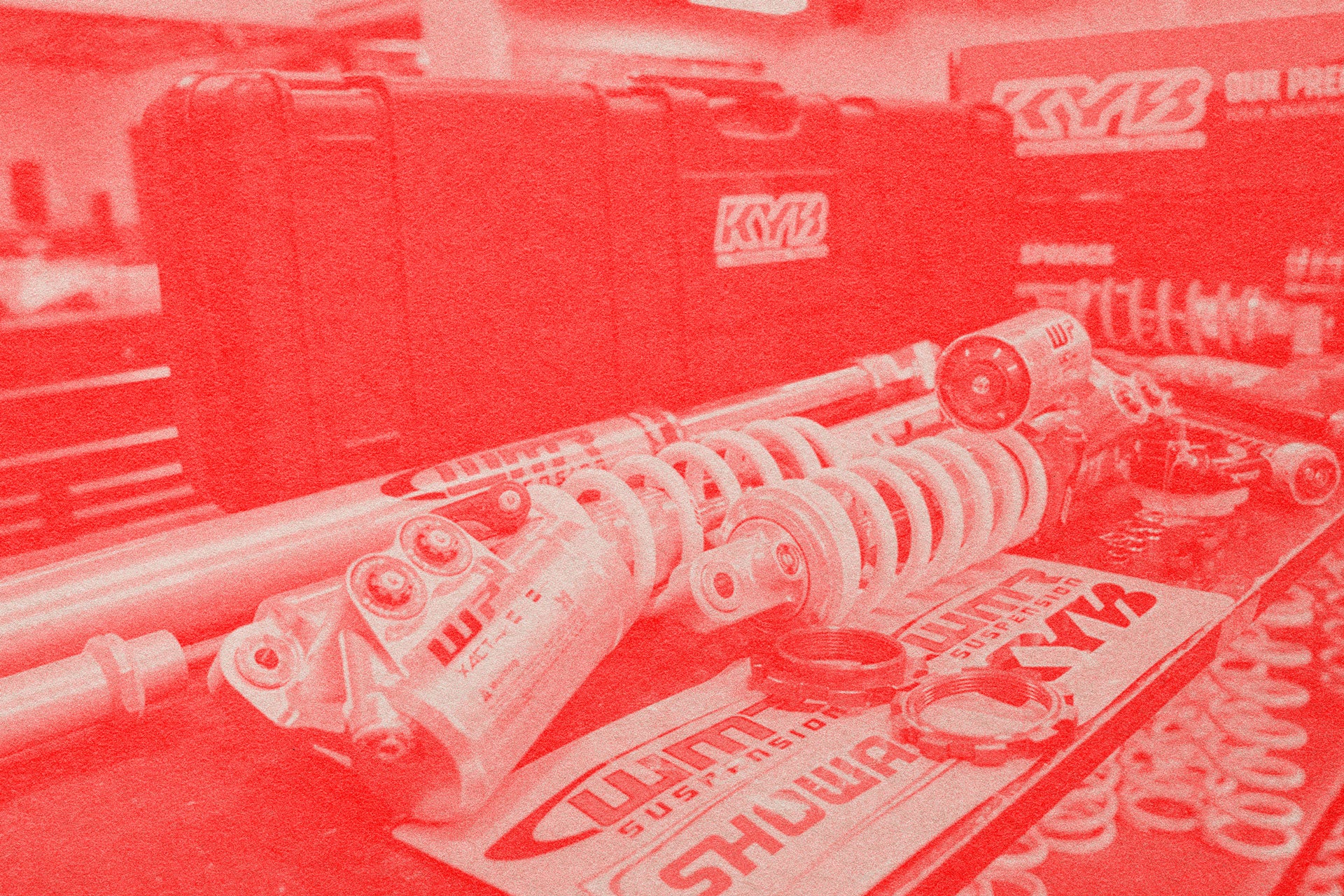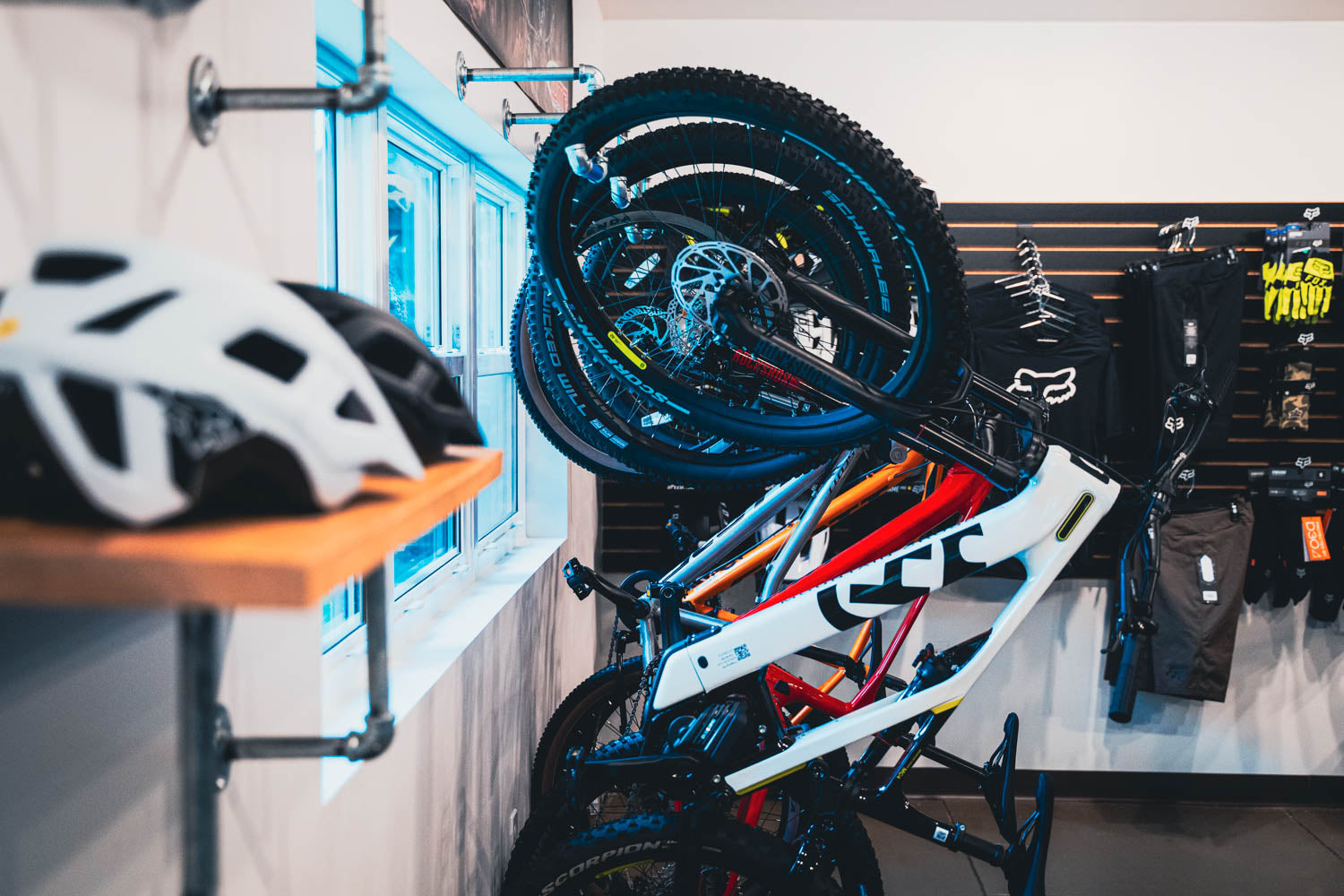Have you ever wondered why different bikes have different intervals for valve adjustments? And the loudmouth that says, "I've never adjusted my valves, and my bike runs just fine!"Well, let us explain the truth behind all this.
Whether a bike is water-cooled or air-cooled has less to do with valve-check intervals than cam profile, lobe hardness, type of followers or buckets, valve weights, seat material, spring tension, and average RPMs.
The mileage-interval set in your manual results from the engineering and testing of the valve train wear to protect from a worst-case scenario.
They try to be conservative, so usually, the first couple of inspections will show very little wear, but after a certain period of time, the wear pattern will intensify, causing severe irreversible damage if not inspected and maintained.
Here's the million-dollar question, "Why do valves wear tight?" and vice versa. Common logic would dictate that anything that has constant and rapid contact will wear in and become loose and noisy over time. This is correct in some cases, but when it comes to valve train, various factors will contradict this notion. First off, let's quickly recap how a valve operates.
A valve's function is to create a perfect seal at the correct speed/time intervals to allow fuel/air to enter the cylinder and exhaust fumes to exit. It relies on timing chains, camshafts, sprockets, and a series of perfectly choreographed devices allowing this harmony. The valve's natural position at rest is sealed tight against its seat due to the spring constantly pulling it. A camshaft rotates, and a specially shaped "lobe" pushes down on the valve overcoming the tension of the spring, which at the end of the "lift," violently and forcefully brings the valve back to its resting position (remember? closed shut against the seat?).
So this will help answer the million-dollar question, the rapid-forceful and violent action of the spring pulling the valve shut against the seat causes something called "recession," which can be explained as the valve sinking into the head. This recession happens faster than the material between the cam lobe and the follower wears. So the only way to know for sure which way your engine is going is to perform a valve inspection/adjustment. If the valves wear tight, it could cause a hard-to-start condition, erratic idle, performance loss, and other thermal dissipation-related issues. If your valves are wearing loose, it will cause noticeable noise commonly known as "valve tick," cam lobe wear, and material fatigue and failure in some cases.
With the hopes that this has clarified the importance of regular valve maintenance, don't hesitate to take your bike to your local dealer and have a trained technician with the right tools and knowledge perform this not-so-complicated task in the wrong hands. It could become a costly mistake!
See us at WMR Competition Performance, and take advantage of our cylinder head services to ensure your engine is in optimum shape! We will talk about cylinder head modification in our next issue!























Leave a comment
This site is protected by reCAPTCHA and the Google Privacy Policy and Terms of Service apply.